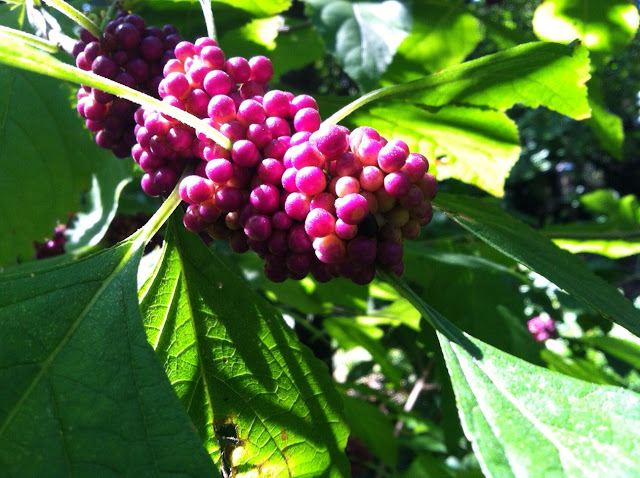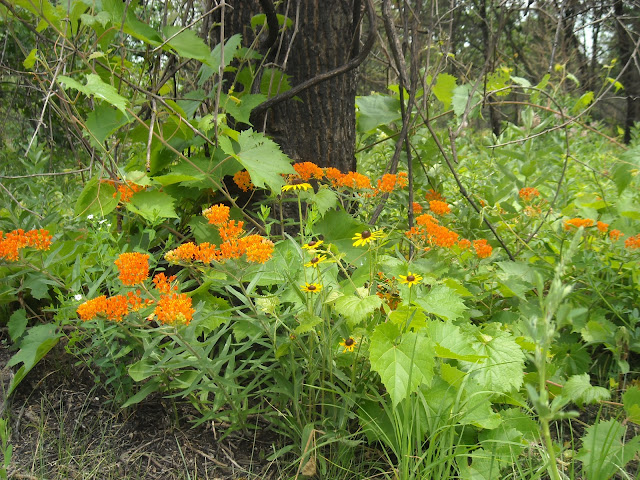Our natural capital

When people travel to Washington, DC, one of the first things they will likely do is visit the museums, monuments, and restaurant-filled neighborhoods. As a naturalist, my first instinct is to visit the parks and natural areas in any region I travel to. Yet why would I try and go on a safari in the middle of Washington, DC? Perhaps it may be surprising to know that our capital has a lot of natural capitol. Natural capitol is any sort of natural resources that has some positive value. For example, wetlands are usually abundant in natural capitol because the provide us with water filtration, are biologically diverse, act as a flood control mechanism, and they provide us with a source of recreation. In Washington, DC, tidal wetlands with fresh water along the Potomac River provide a refuge for a diverse array of wildlife in a densely urban area (see photo A). The Washington metro area is dotted with parks, trails, greenways (photo B), and freeway berms are often planted with a










